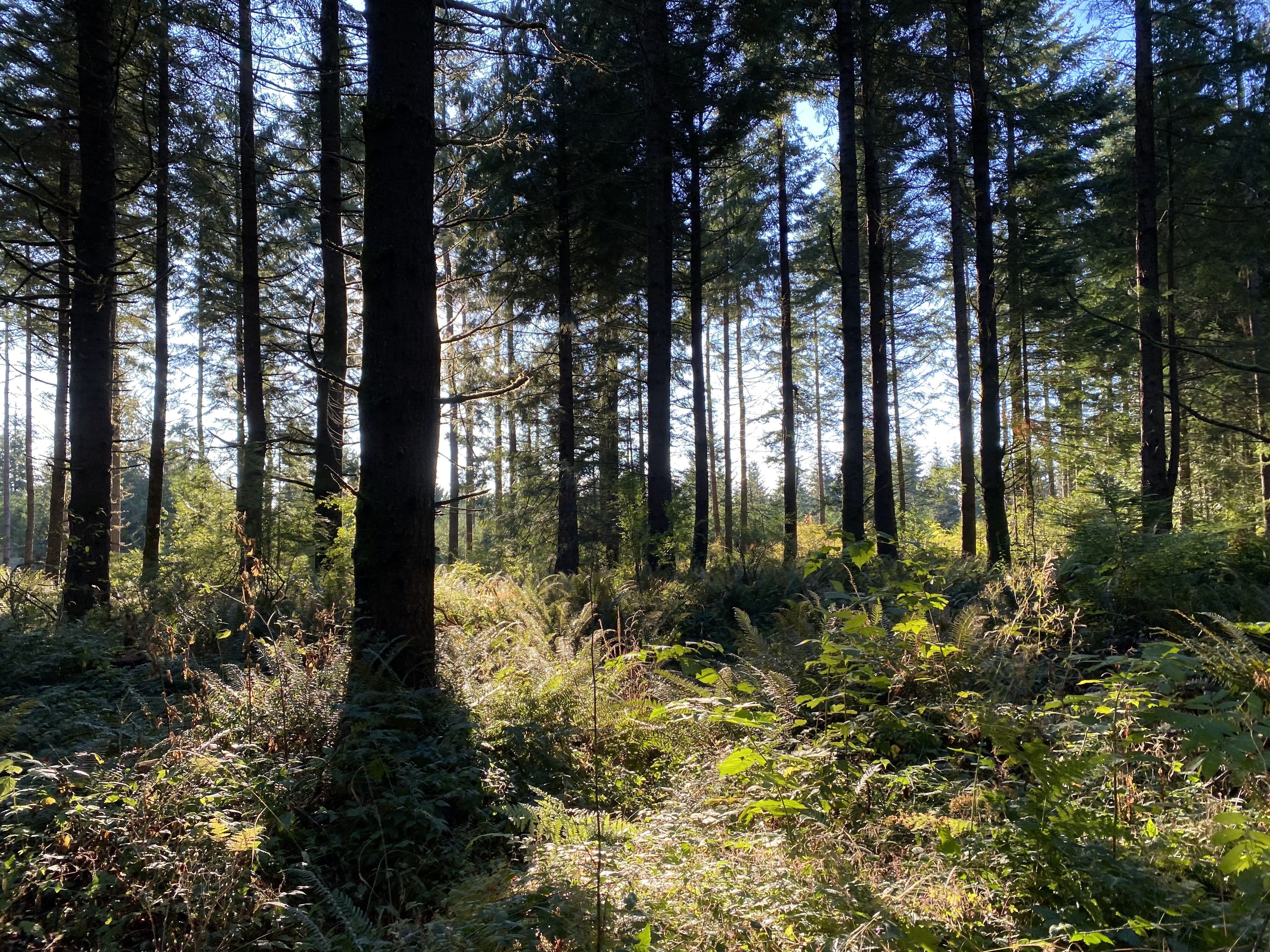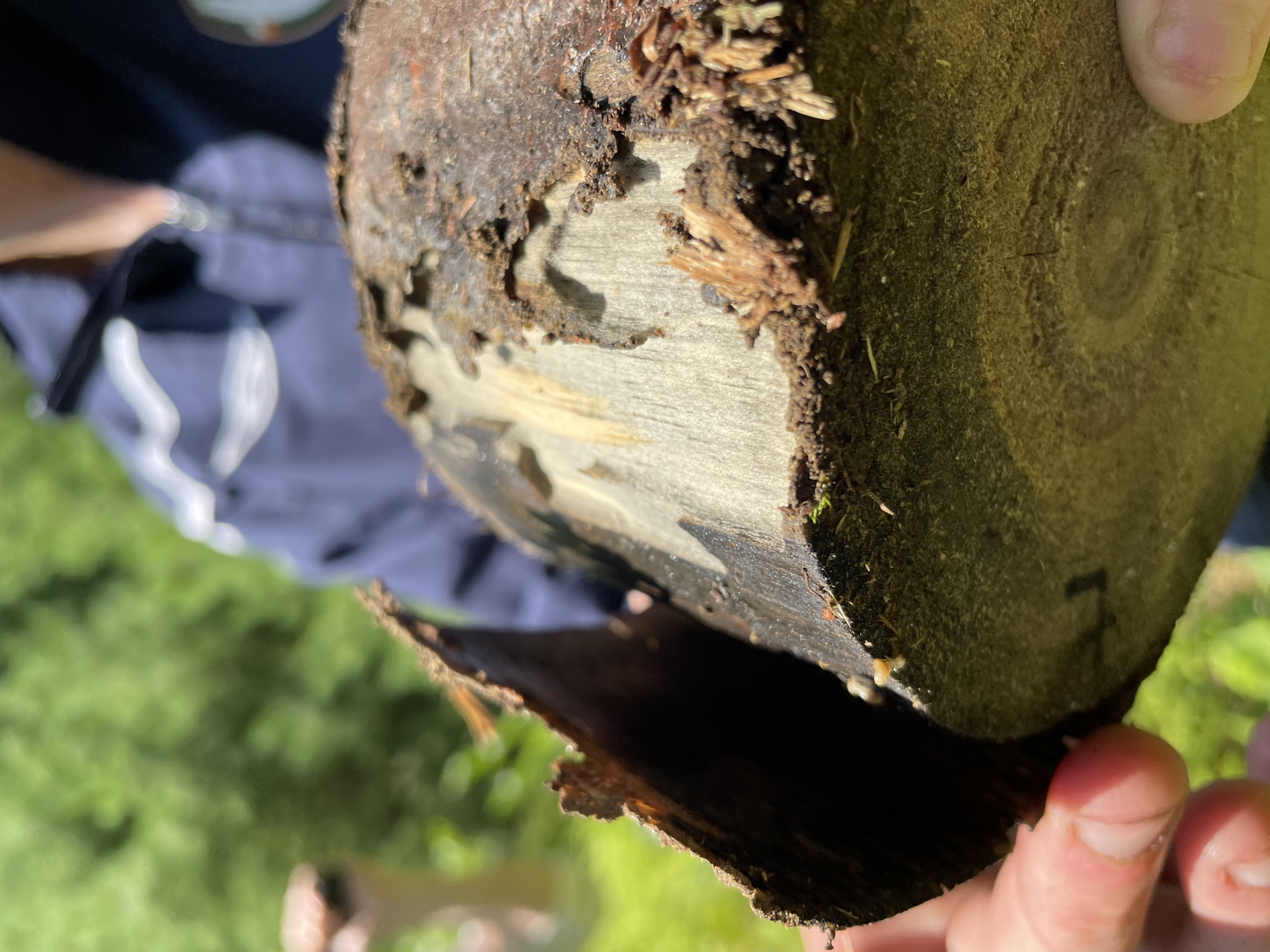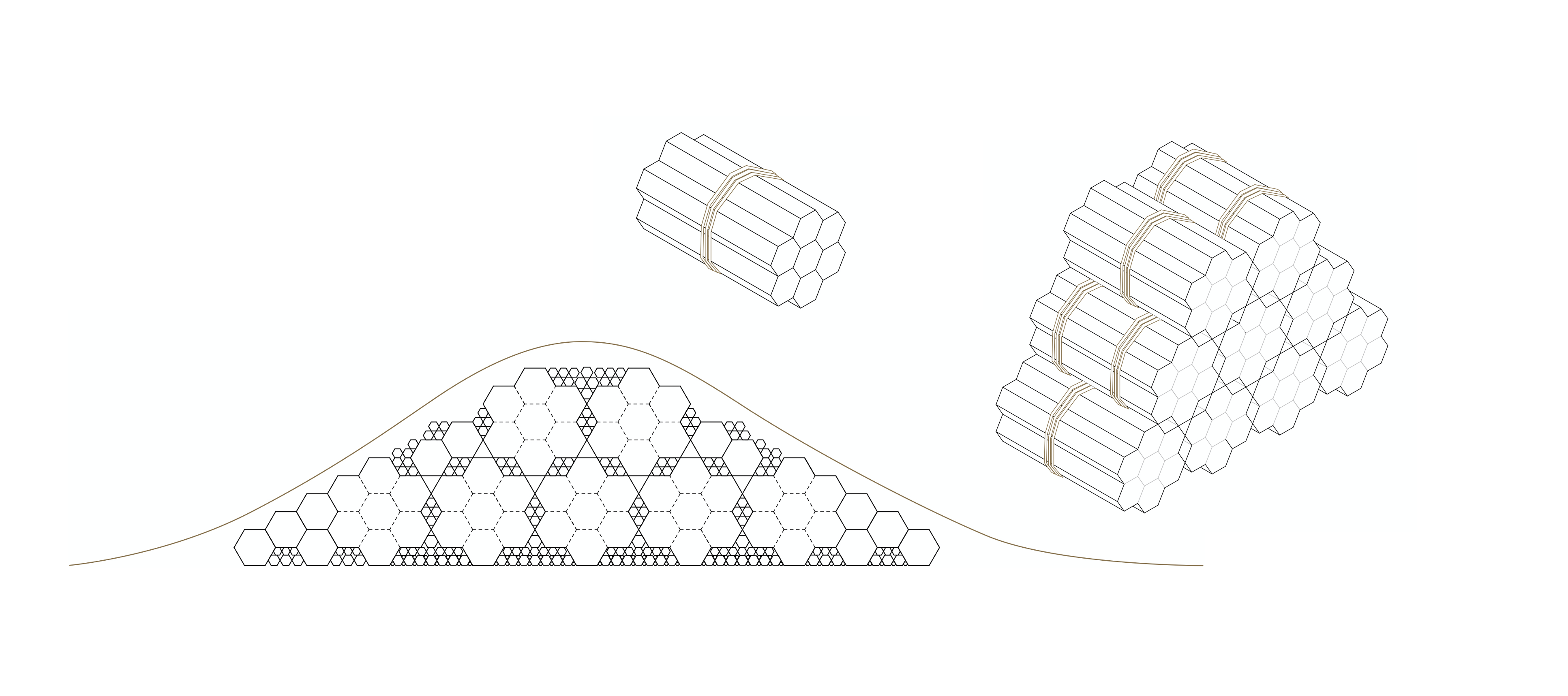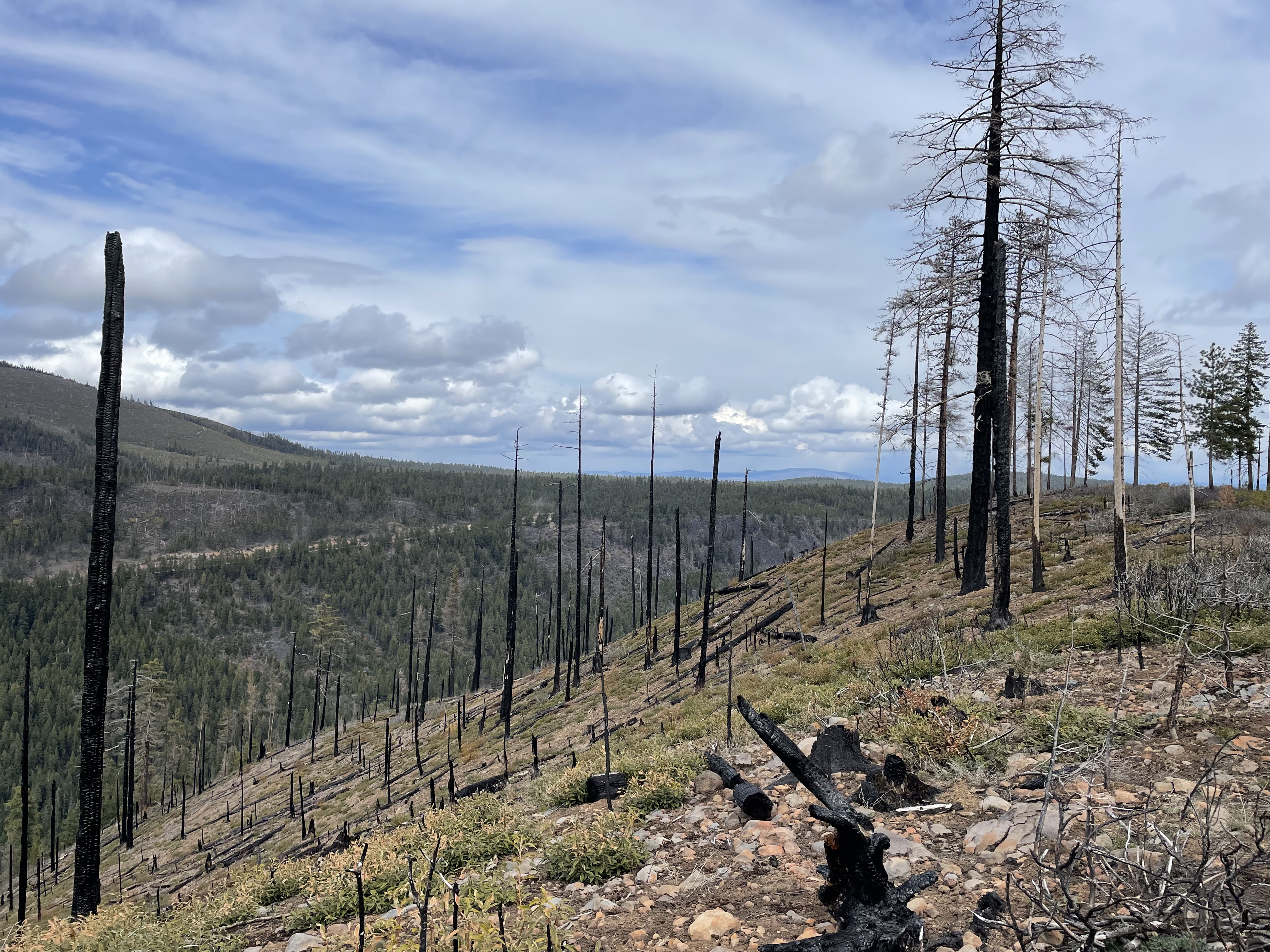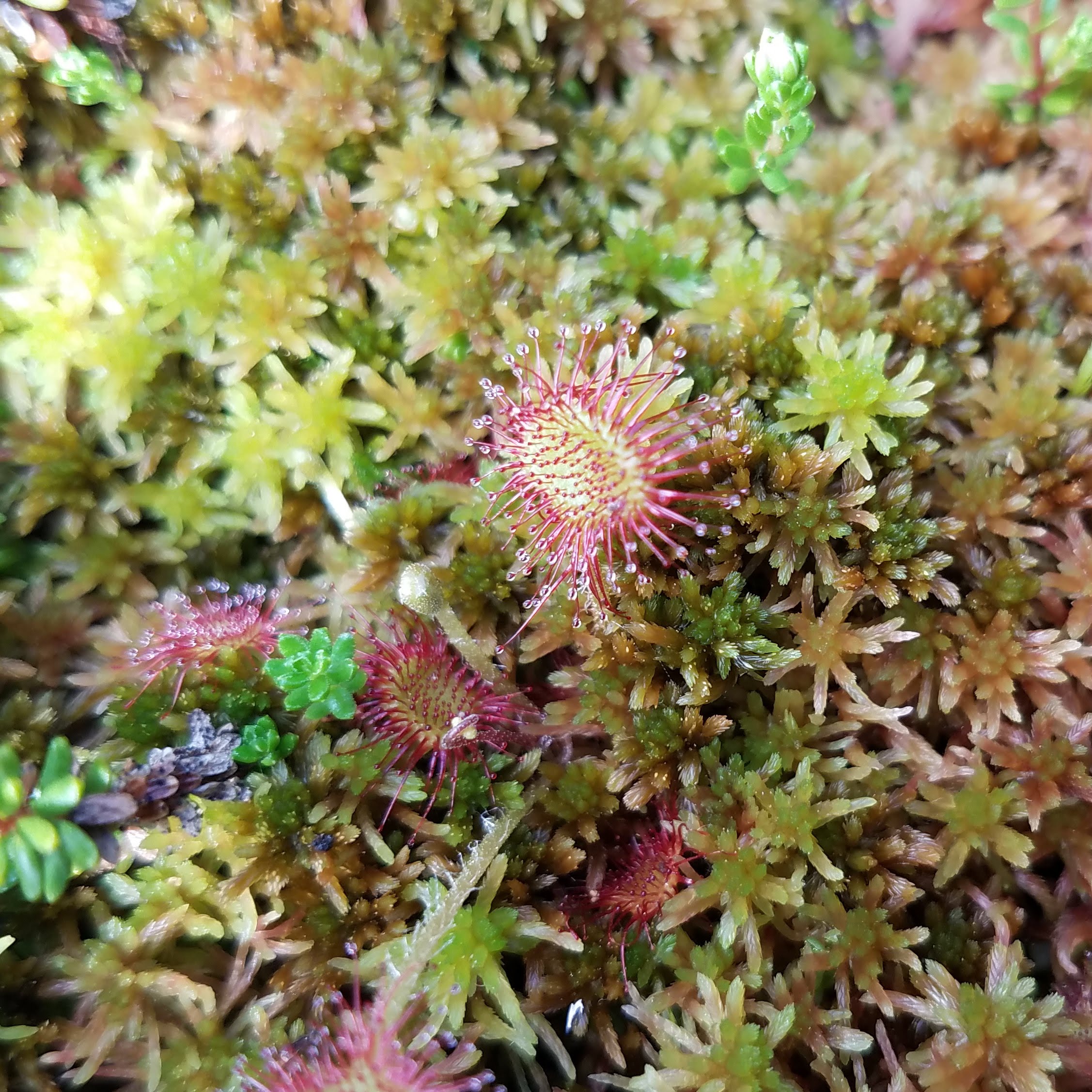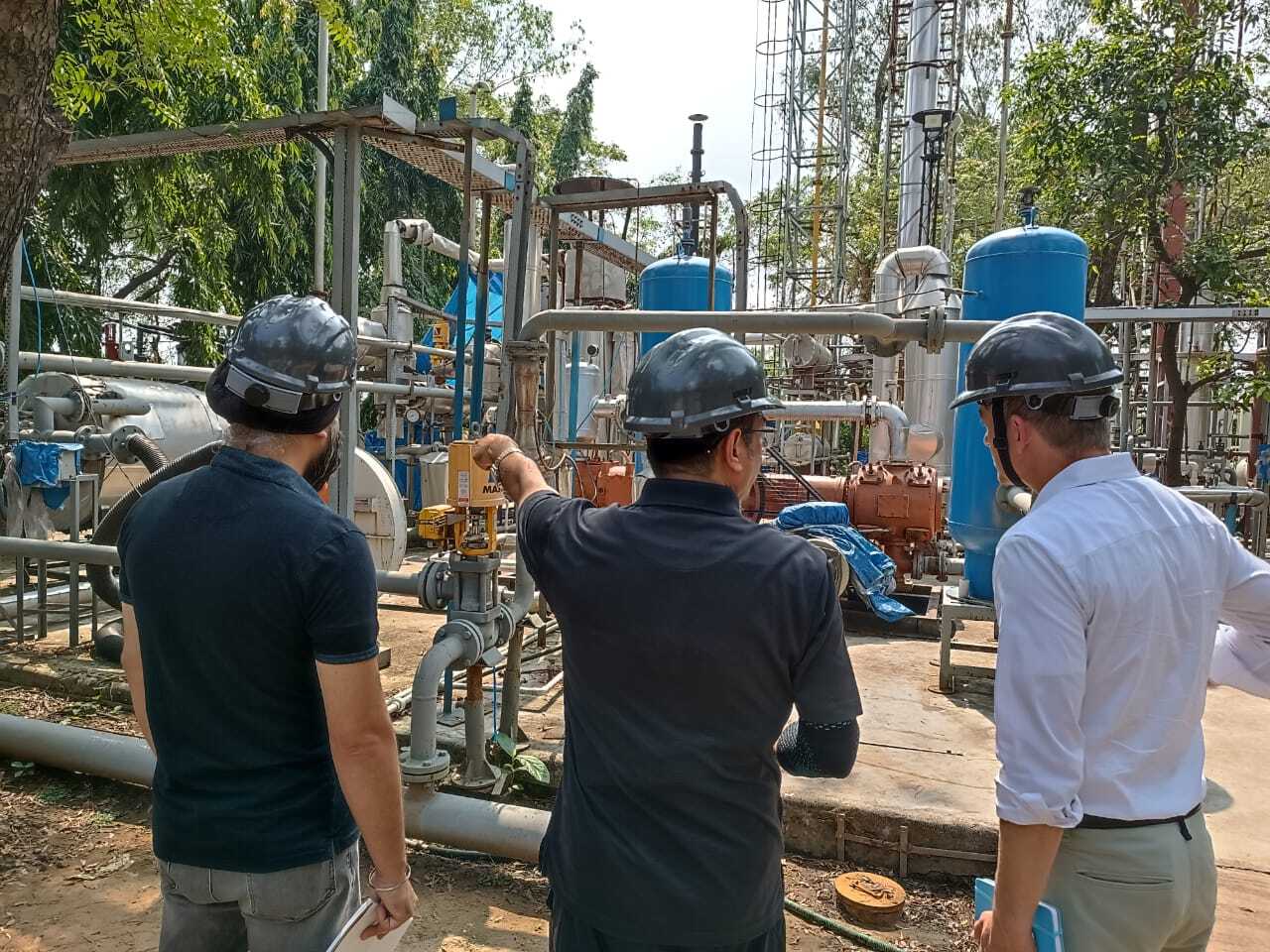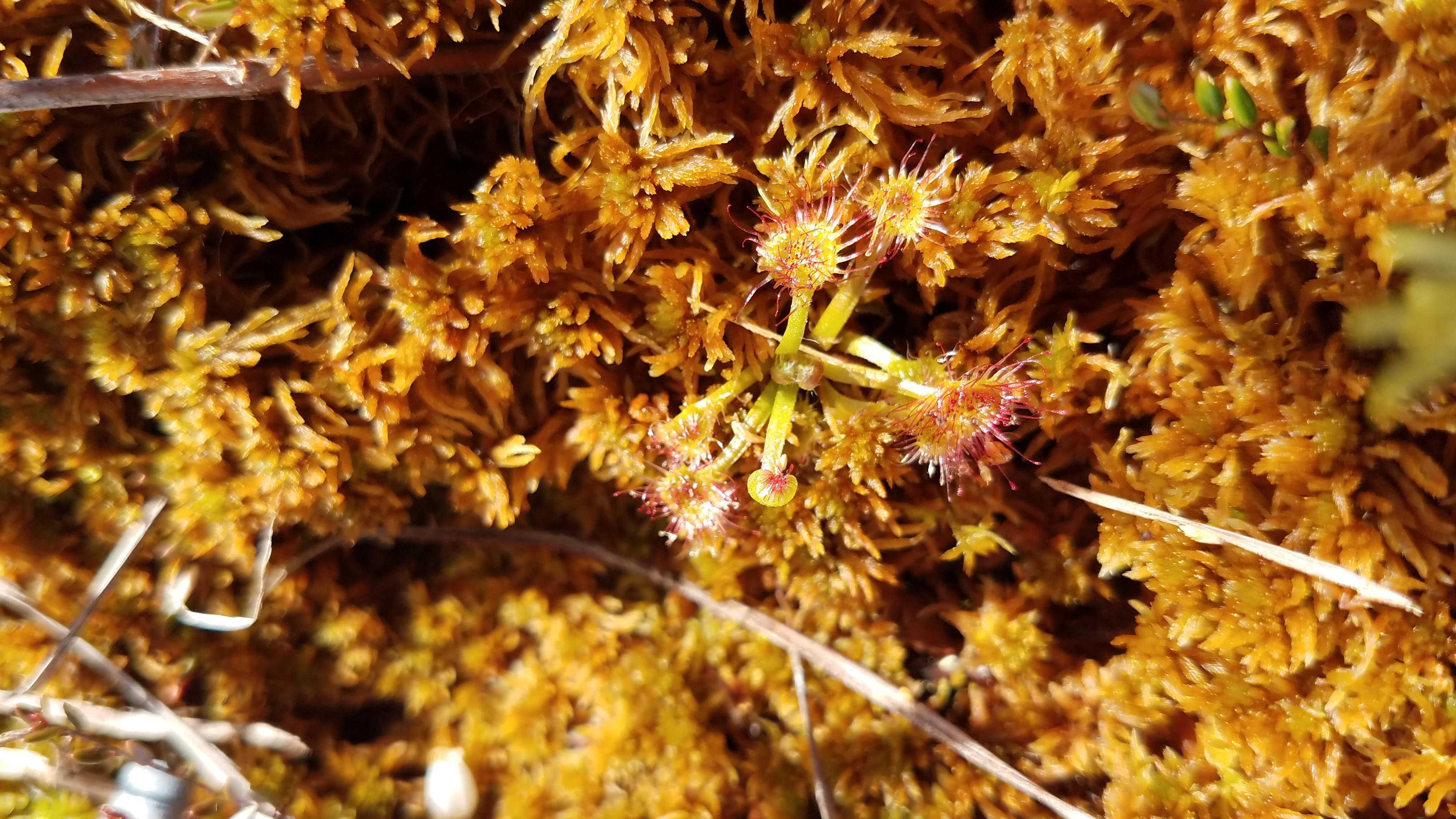Advancing the Field of Biomass Carbon Removal
Biological processes like photosynthesis efficiently remove carbon from the atmosphere, but it is difficult to ensure rigorous quantification and durability for many natural carbon capture and storage methods. Our Biologic Program aims to build trust and quality in biomass carbon removal by conducting foundational science and economic analyses, forming cross-stakeholder networks, involving local community and stakeholder voices, and developing solutions to industry-wide bottlenecks, including tools that empower decision-makers to make scientifically and economically informed decisions.
Durable Storage from Forest Thinnings
To start out, we’re focusing on carbon containment from low-value forest residues in the American West. Over the next decade, thinning operations in the region will extract large volumes of small-diameter, low-value wood from overstocked forests to preserve ecosystem health and mitigate wildfires. Current practices involve stacking it into slash piles on site, then either leaving it to decompose or burning it. In either baseline case, the carbon stored in the slash is lost to the atmosphere. We are developing the scientific and implementation methods to extract and protect the carbon in this biomass safely and durably.
